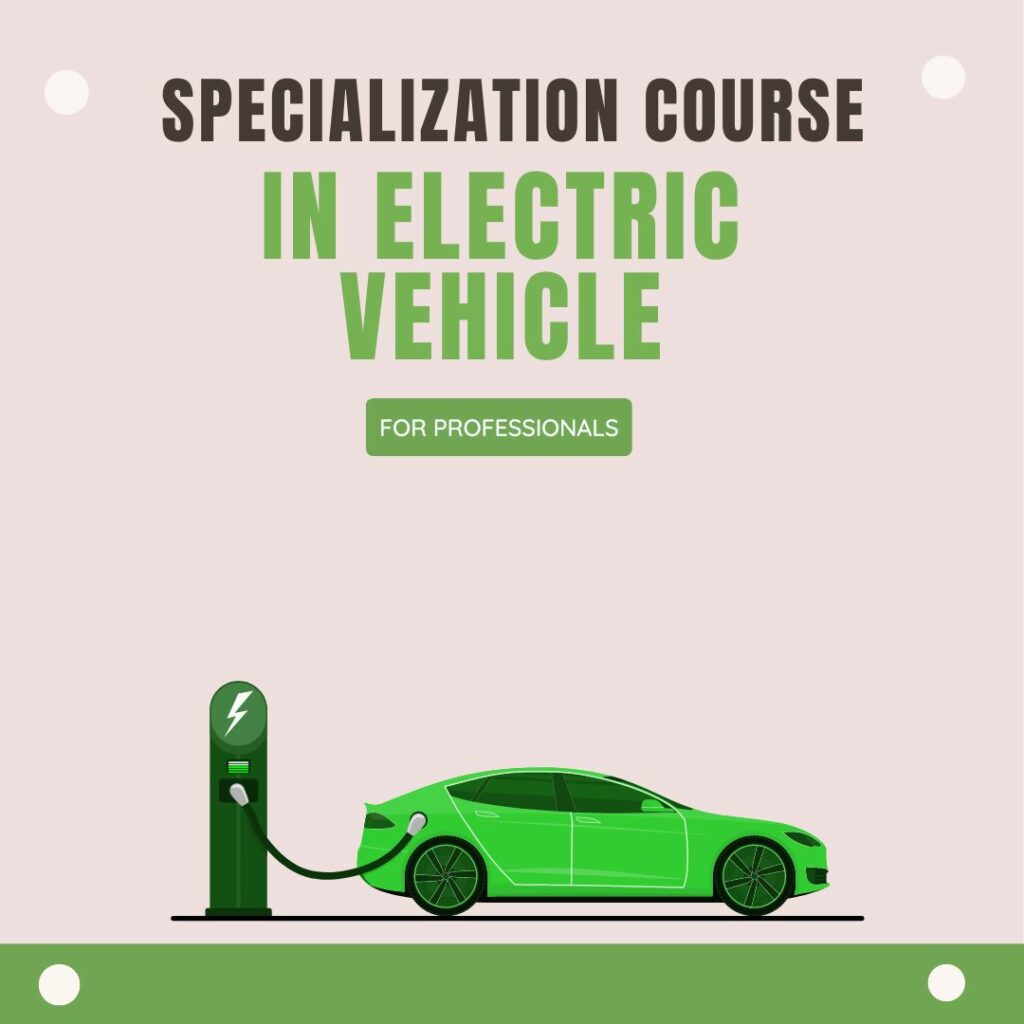The metal-oxide semiconductor field-effect transistor (MOSFET), also known as a MOSFET, is the most widely used type of transistor. There are four terminals on a MOSFET: body or substrate, source, gate, and drain. A Metal-Oxide Gate electrode separates a MOSFET from a JFET in that it is electrically isolated from the main current-carrying channel between the drain and source by a very thin layer of insulating material, typically silicon dioxide, also known as glass. A MOSFET is a voltage-controlled Transistor.
Two highly doped N-type zones are diffused into a lightly doped P-type substrate to create the track. The P-type region is referred to as the substrate, and the two N-type regions are referred to as drain and source. The MOSFET’s input resistance rises to an extremely high level far up the Mega-ohms (M) scale as a result of the controlling Gate’s isolation, making it nearly infinite. This prevents any current from entering the gate.

How does it work?
Using the voltage applied at the gate terminal, the MOSFET device is able to regulate the voltage and current flow between the source and drain terminals. By applying either a positive or negative gate voltage, the semiconductor surface below the oxide layer, between the source and drain terminals, can be inverted from p-type to n-type. The holes beneath the oxide layer are pushed down with the substrate when we apply a repulsive force to the positive gate voltage. The bound negative charges that are connected to the acceptor atoms populate the depletion region. A channel is created when electrons are reached. Additionally, the drain regions of the n+ source are drawn into the channel by electrons attracted by the positive voltage. Now, the electrons in the channel are controlled by the gate voltage if a voltage is applied between the drain and source. The current flows freely between the drain and source. Under the oxide layer, a hole will be created when we apply a negative voltage instead of the positive voltage.
Types of MOSFET
There are two MOSFETS widely used
1. Depletion MOSFET:
The MOSFET in depletion mode is similar to an open switch. The device is turned off by applying the Gate to Source voltage (VGS) in this mode. Positive charges build up in the channel when the gate voltage is negative. The channel becomes depleted as a result, preventing current flow. As a result, it is known as a depletion MOSFET because the formation of the depletion region has an effect on the flow of current.

2. Enhancement MOSFET:
A close switch’s enhancement-mode MOSFET is similar to this one. The Gate-Source voltage (VGS) is used to turn the device on in this mode. Positive charge-carrying holes in a MOSFET accumulate near the oxide layer when a negative voltage is applied to the gate terminal, forming a channel from the source terminal to the drain terminal. The channel width increases and the current flow improves as the voltage becomes more negative; along these lines it is called Improvement MOSFET.

1.N-channel MOSFET:
An N-type channel connects the source and drain terminals of the N-channel MOSFET. The substrate is doped with P-type semiconductor material, and the source and gate terminals are heavily doped with N-type semiconductor. Therefore, electrons are the cause of the current flow between the drain and source. Additionally, the gate voltage controls the flow of current.

2.P-channel MOSFET:
Similarly, the P-channel MOSFET has a P-type channel among source and channel terminal. Here the source and door terminals are vigorously doped with P-type semiconductor, and the substrate is doped with N-type semiconductor material. Subsequently the ongoing stream among source and channel is a direct result of openings. Also, the ongoing stream is constrained by the door voltage.

Characteristics
A MOSFET typically operates primarily in three locations, which are as follows:

Cut off region:
Because there is no current flowing through this region, the MOSFET remains ON in the Cut-off region. Since this MOSFET behaves like an open switch, it is utilized when electronic switches are required.
The Ohmic Zone:
With increasing voltage across the drain to source, the drain to source current increases in an ohmic or linear region. At the point when MOSFETs are worked around here, they can be utilized as speakers.
Saturation region:
Despite the increase in voltage across the drain to source, the drain to source current value remains constant in this region. This only occurs once when the pinch-off voltage exceeds the voltage across the drain to the source terminal. The device will behave like a closed switch in this situation. As a result, whenever MOSFETs are required to carry out switching operations, this operating region is utilized.

















